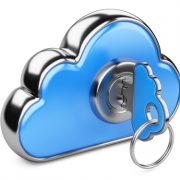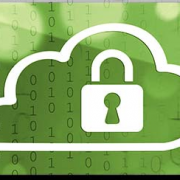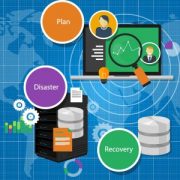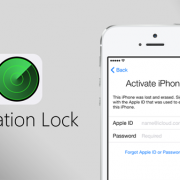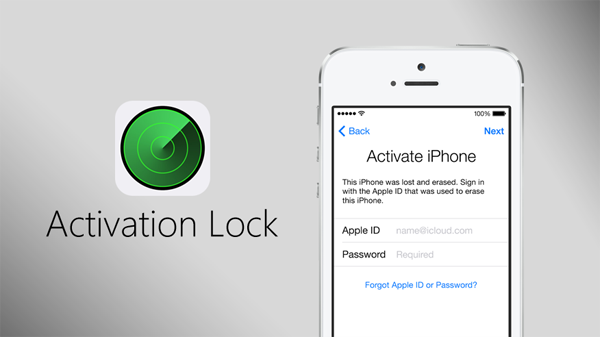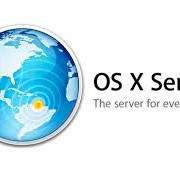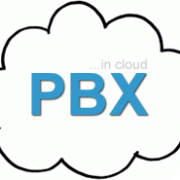What is Private Cloud Hosting?
A private cloud is a model of cloud computing in which a partitioned and secure cloud based environment is provided for individual clients. As with any other cloud model, private clouds provide computing power as a service within a visualized environment using an pool of physical computing resource. However, the private cloud model, this computing power is only accessible by a single organisation providing which offers greater control and privacy.
Public and private cloud deployment models differ even with cost where you can Compare Price of Google vs Amazon Cloud & Dedicated Servers. Public clouds, such as those from Amazon Web Services or Google Compute Engine, share a computing infrastructure across different users, business units or businesses. However, these shared computing environments aren’t suitable for all businesses, such as those with mission-critical workloads, security concerns, uptime requirements or management demands. Instead, these businesses can provision a portion of their existing data center as an on-premises — or private — cloud.
A private cloud provides the same basic benefits as that of a public cloud. These include self-service and scalability; multi-tenancy; the ability to provision machines; changing computing resources on-demand; and creating multiple machines for complex computing jobs and business units pay only for the resources they use.
In addition, private cloud from Computers in the City offers hosted services to a limited number of people behind a firewall, so it minimizes the security concerns some organizations have around the cloud. Private cloud also gives companies direct control over their data.

